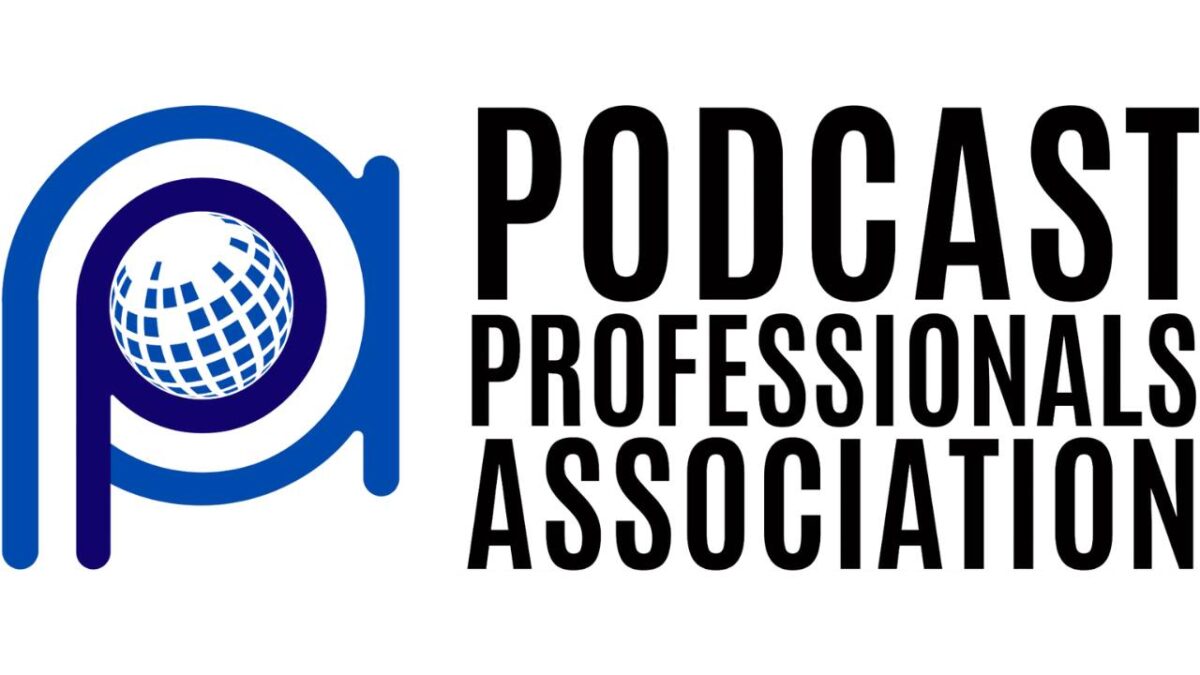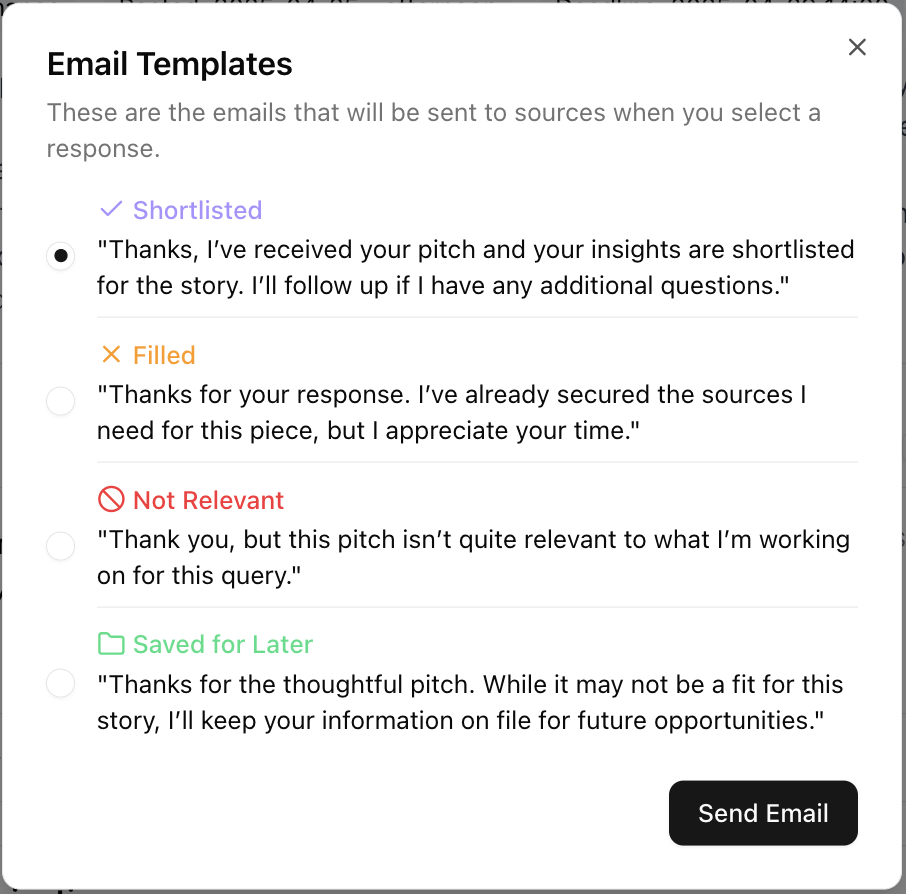Millions of sources have used Help a Reporter Out (HARO) to get a daily email – sent three times a day – with journalist queries they can respond to.
Sourcing for stories is a constant challenge for journalists, and HARO helps by delivering their queries directly to potential sources. If you can offer relevant expertise – or know someone who can – you can reply directly to the journalist to support their story.
Every source has a go-to tip for using HARO effectively. So, to surface the best advice and help others share their expertise more successfully, we did what any good journalist would do: we put out a HARO asking sources to share their top tips.
Here’s what some sources shared about what makes a HARO pitch stand out.
Set up keyword alerts
Finding the right opportunity is half the battle when using Help a Reporter Out. With so many queries coming in, not all will be the right fit – and sorting through them can take time.
While HARO does not offer built-in keyword alerts, Featured.com does. As the parent company of HARO, Featured lets you set up your keyword alerts for free to help you spot the right media opportunities.
Cory Nott, who operates a coaching business with his wife, took it a step further by creating a custom email filter to surface relevant HARO queries. By filtering specific keywords, he’s able to stay on top of opportunities and land media coverage – including a feature on Kiplinger.
Call to action: Set up keyword alerts on Featured.com
Quickly provide clear and valuable information
Melissa Rolston is the Chief Strategy Officer at Paramount Landscaping, a landscaping company in Ontario, Canada. Paramount monitors HARO queries daily and selectively responds to ones that align closely with their expertise — whether that’s in landscape construction, property maintenance, or leadership in the green industry.
This selective approach has helped Paramount land multiple placements through HARO, including mentions in respected outlets like PRB and MSN. Melissa’s best tip?
“If you can quickly provide clear, valuable information – without trying to turn it into a promotional pitch, you’ll stand out,” said Rolston. “Reporters are looking for trustworthy sources they can quote easily — the more you focus on making their job easier, the better your chances of being featured.”
Call to action: Before sending a pitch, run it through an AI tool like ChatGPT to improve clarity and remove promotional language.
Lead with your credentials
Hazel Navarro is a licensed psychotherapist and independent clinical social worker (LICSW) in private practice at Human Heart Connection. She began answering HARO queries in 2022. Despite having over 20 years of experience, each media feature – including placements in Verywell Mind, PS, and others – helped boost her “street cred” among fellow therapists.
Hazel’s top tip? Include a brief line or two about your credentials before diving into the pitch.
Journalists want to see your qualifications – and verify them quickly. If you’ve got the credentials, lead with them.
Here’s an example:
“My name is Hazel Navarro. I’m a bilingual/bicultural, licensed psychotherapist in private practice specializing in working with leaders and high achievers.”
Word of caution: Never misrepresent your credentials. Doing so will result in a permanent ban from HARO.
Be succinct
It’s not uncommon for a journalist to receive dozens – or even hundreds – of pitches from a single HARO query. For journalists on deadline, sorting through responses can be time consuming, especially when a pitch may not directly address the original journalist request.
That’s why Bruce A. Hurwitz, Ph.D., President and CEO of Hurwitz Strategic Staffing, recommends responding quickly and succinctly to the journalist’s question. His approach has earned him placements in over 750 articles across 500 publications in more than 30 countries over the past 10 years using HARO.
Call to action: HARO exists to save both journalists and sources time. The more concise and relevant your pitch, the more helpful it is to a journalist on deadline.
Consider including a press page link
Mindy Solkin has trained thousands of people to run marathons. A HARO contributor since 2017, Coach Mindy knows that—just like running—you don’t go the distance by weighing a journalist down with extra baggage.
That’s why she recommends including a link to a press page in your email signature. While some journalists may avoid widely quoted sources, others find it helpful to review a source’s credibility and media experience. For Coach Mindy, placements in outlets like Total Shape and The Healthy show how sharing past media coverage can help a pitch go the distance.
Call to action: Add a link to your press page in your email signature to give journalists a quick way to verify your credibility and media experience.
Make sure your pitch directly answers the journalist’s question
HARO has a thumbs up/down feature at the end of every pitch email, asking journalists: “Was this pitch responsive to your request?” If a journalist clicks “thumbs down,” the source receives feedback explaining that their response missed the mark.
The truth is, some pitches simply don’t answer the journalist’s question. That’s why author Carol Gee – who has gained international exposure and was featured in Essence – recommends asking yourself: “Does this response answer the question?” before hitting send.
Call to action: If the pitch doesn’t answer the question, take a moment to revise.
It’s about being helpful
HARO stands for Help a Reporter Out. At its core, that’s exactly what it’s meant to do.
That’s why Salvatore Surra, Director of SEO & Content at Seamless.AI, says the key is to focus on the journalist’s audience.
“It’s not about you, your company, or even your product,” said Surra. “It’s about what it means to the writer’s audience. We try to put ourselves in the position of the writer and what would help them rather than promoting ourselves.”
This approach has led to placements on industry websites like CloudTalk, proving that when sources can be prioritize being helpful, everyone wins.
The Bottom Line for Better Pitches
Pitching through HARO isn’t about being the loudest voice. It’s about being the most relevant, credible, and helpful. Whether it’s setting up keyword alerts, leading with your credentials, or simply answering the question clearly, these small adjustments can make a big difference in getting noticed by journalists.
The best pitches save journalists time and serve their audience. Keep that in mind, and you’ll not only increase your chances of being featured – you’ll also build lasting credibility as a trusted source.
Subscribe to HARO by inputting your email address on our homepage, at helpareporter.com.






